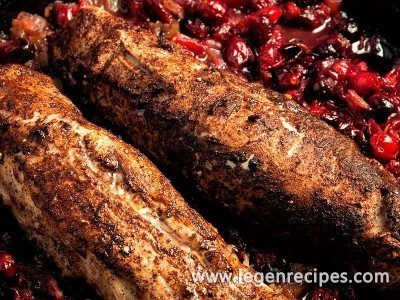Kiwi.
In 1976, the New York airport customs officer took a box of kiwi for ammunition dump and ordered the evacuation of all passengers. That was earlier. Now hardly anyone confuse the fruit with something else. He was bred by New Zealand breeders and named after the small bird of the same name, which became a symbol of New Zealand. Kiwi used to prepare fruit salads, desserts decorate, marinate the meat with it and just eat raw
Kiwi (lat. Actinidia deliciosa) – Cultural tree vine belonging to the genus Actinidia.
Kiwis grow on huge bushes up to 9 m, the young leaves are covered with red hairs. And on fruit brown hairs themselves enough. Their bright green pulp with edible small black seeds remain solid until it is fully ripe.
The aroma and taste of the fruit combines and gooseberries and strawberries, and pineapple, and even melon. At Kiwi many funny names, such as monkey peach or berry hairy.
Kiwi – a native of Eastern China was not particularly appreciated at home: Chinese considered it a good tonic for growing children and compulsory gave him only breast-feeding women. In 1847, the first samples of the plants were in London, delivered to the Royal Horticultural Society.
However, the kiwi has gained popularity, only 60 years later, when it began to grow in New Zealand from imported Chinese seeds there. The fruits of the vines was then called the Chinese gooseberry over a certain similarity with the taste of this berry. Kiwi about 30 years remained a decoration of many New Zealander gardens. But the commercial popularity of kiwi was only in the 1940s, when, under the culture were given to the plantation.
In 1959, the horticultural company “End Turners Grovers” named in honor of the fruit symbol of New Zealand – Kiwi bird, a brown and hairy.
Homeland kiwi – China – for today not even in the top ten suppliers of fruit to the world market. The first place for growing fruit takes Italy. It is followed by New Zealand, Chile, France, Greece, Japan and the United States.
Kiwi fruit is rich in vitamin C, its content is 10 times more than the lemon.
The types and grades
There are more varieties of sweet kiwi almost smooth light brown skin and golden flesh. These fruits never knit, unlike not fully ripe kiwi conventional.
Recently, the European markets, a new species – bald kiwi. The fruit is sold under the brand Kiwee, it is not necessary to clean and can be eaten like apples, with the skin. It was launched recently and received the Latin name Actinidia arguta. This kind of kiwifruit not been genetically modified, and created as a result of selection of a Chinese Actinidia species discovered by scientists in the XIX century in the wild, but to poorly collection and transportation. After selection, carried out by New Zealand scientists managed to solve these problems. Bald kiwi are both green and slightly reddish. From fluffy kiwi they differ not only in appearance but also in size: the fruit three times less than its more famous kinsman.
How to cook
Kiwi fruit can be eaten just like that, by cutting the fruit in half and eating away the flesh with a spoon.
Kiwi – an indispensable ingredient of the set fruit salads and cup.
It is used as an additive to sauces to game and poultry fat.
Flesh kiwi can be added to the filling for cakes and muffins, whisk in the mashed potatoes, making from it fruit soups and sauces to popsicles.
The only thing that absolutely can not do – it is mixed with milk products Kiwi: Kiwi enzymes contained in them conflict.
But by the same enzymes mashed kiwi soften a piece of meat. Do not marinate the meat for longer than 10 min., This marinade is too aggressive.
Season
Kiwi sold almost the entire year, but from October to March is considered the most delicious fruit. Thus, a different peak harvest fall slightly at different times.
How to choose and store
Ripe kiwi fruit prominaetsya slightly under your fingers. It should be dry, rough, smooth light brown. Do not take too soft berries, they can be fermented. Not suitable solid and immature fruit – they are not juicy and sweet. However, they may ripen at home.
In the kiwi should not be any spots or dents. The skin should be evenly fluffy.
If the fetus is ripe, it pleasant fruity flavor. Kiwi smells a little strawberry, pineapple, banana and some melon.




